 Gone are the days when people used to get together and share their experience with the latest products and services of a company, or their unsolicited but welcome product reviews.
Gone are the days when people used to get together and share their experience with the latest products and services of a company, or their unsolicited but welcome product reviews.
Well, to be more accurate, this still happens, just not in person as often as it used to. Online product reviews have almost completely replaced word of mouth analysis.
Although it may seem like it was so long ago as to fall under the dark ages, people used to talk about food in the grocery store or swap product stories periodically during dinner.
However, they now look for specific products or businesses online, and immediately look to the reviews section to see their ratings.
People feel more confident in online product reviews because, while a face-to-face conversation about a business or product can be enlightening, it is ultimately the view of a single person talking about a localized experience.
Product reviews online, however, are the cumulative result of hundreds or even thousands of individuals who had thousands of different experiences.
Therein lies the potential problem however. Because there can be such a multitude of product reviews, it can sometimes be difficult to know where to start and how to utilize them most effectively.
Majority Rules
Probably the easiest way to successfully use product reviews for online shopping is to simply look at the majority opinion.
If, out of 100 reviews, 90 are favorable, odds are high that the product or business is reputable and of high quality.
Most product review websites such as Yelp and Travelocity use a star rating system that averages out all submitted ratings.
This provides an easy and simple way to judge a business or product at a glance.
Look at Specifics
While the total average rating is very useful, it is also useful to read specific reviews to see if there are any qualifications or pieces of advice.
For instance, a restaurant reviewer may include specific information about dishes they enjoyed (or didn’t), or members of the staff that were especially helpful.
Perhaps a user will submit a 4-out-of-5 star rating for a blender, and clarify that it works amazingly for everything but just can’t crush ice very well.
Many people take pride in leaving extensive and detailed product reviews, and these types of specifics can help lead to a more informed buying decision.
When to Pay Attention to Negatives
In many cases, it pays to take negative reviews with a grain of salt and to pay attention to the specific reasons behind the bad feedback.
It is not uncommon on Amazon, for instance, for individuals to leave a 1 star review on a product because Amazon messed up the shipping.
These people miss the point of the review system entirely, as it’s intended for leaving feedback on the product itself, not on the customer service of a 3rd party business that’s only shipping it.
Similarly, a product may have fifteen 4 and 5 star reviews and a single 1 star review, and further inspection will reveal the reviewer had a legitimately bad experience.
Perhaps the product burnt out within a couple weeks of purchase, or maybe they had a horrendous customer service experience.
Again, it’s helpful here to take assurance that, if most had a good experience, it’s likely the bad reviewer’s experience was just a fluke that is unlikely to be repeated.
While the sheer magnitude of product reviews may seem daunting at first, rest assured that with a little practice, you’ll be able to transform them into simple and invaluable shopping tools!
If you found this article helpful, click one of the buttons below and share it please
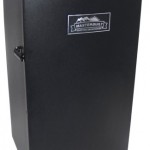
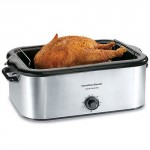
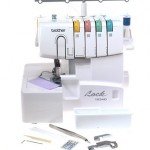

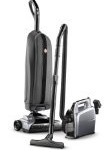
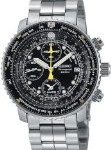
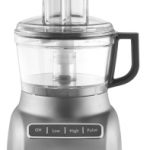
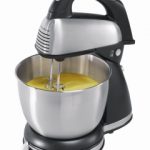
 Facebook
Facebook Pinterest
Pinterest Twitter
Twitter Google+
Google+